MAVERICK LIFE
2021 Sony World Photography Professional Competition: Finalists and shortlist (Part Four)
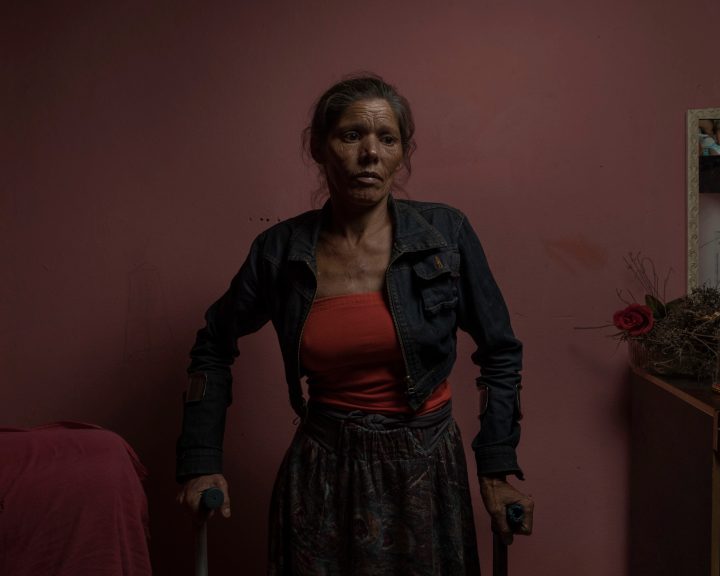
The Sony World Photography Organisation recently announced the finalist and shortlisted photographers in the professional competition for 2021. Here is a selection of the images, in the landscape and environment categories.
Landscape
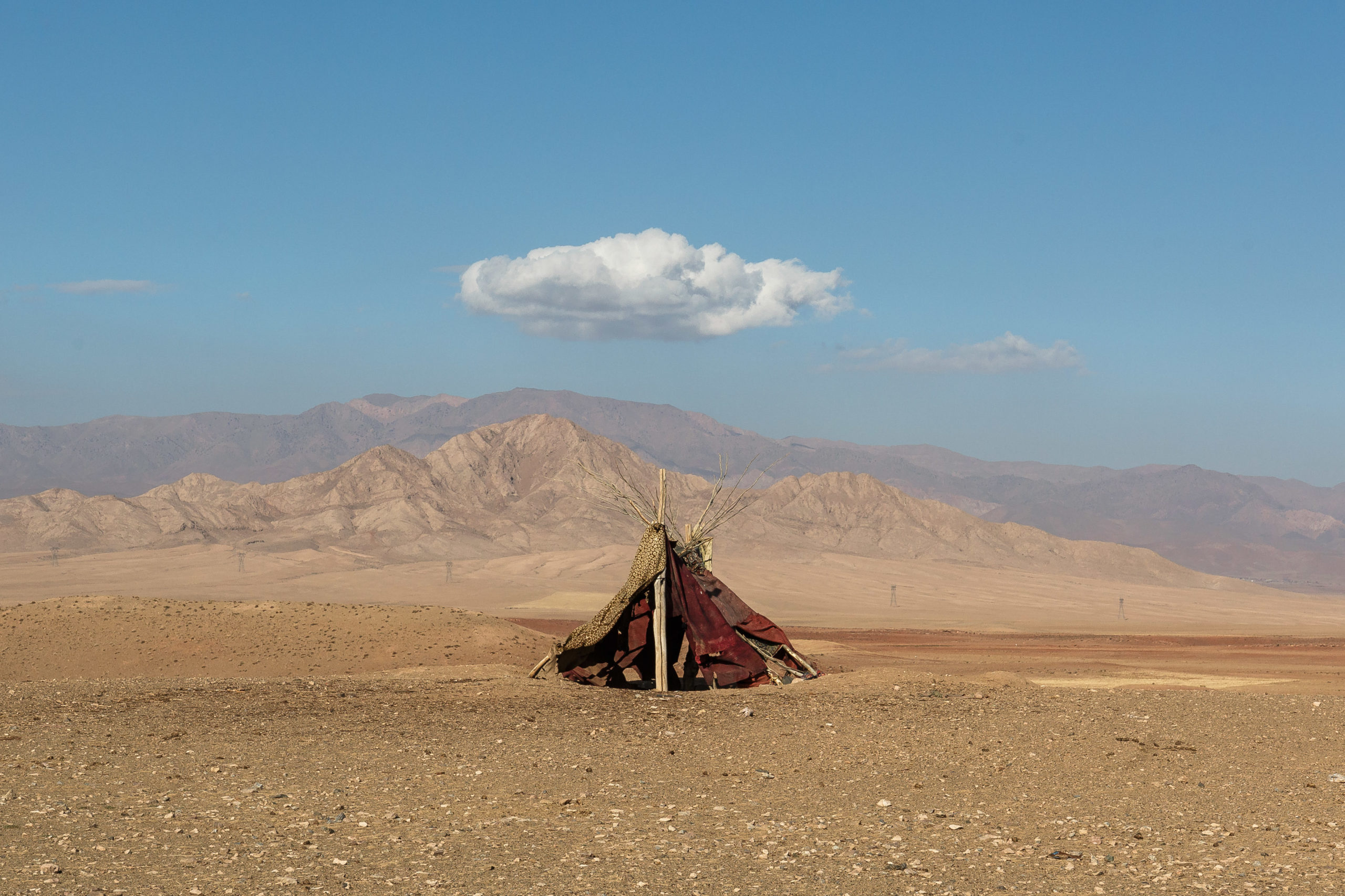
Everything in life is made up of impressions from the past and whatever befalls us today. The fabric which took one form yesterday takes on a new form now. All creatures still fight for their survival. Nature is the battlefield. The forces of the world are as they have ever been; the waves of the sea, storms, the earth itself. But ultimately it is humanity, marching everywhere, claiming everything, proving to the world that it will endure. We strove to live, to take and to control, before even knowing what to call ourselves. We think we will last forever so we hunt, build, wear clothes and consume, changing our ideas and our tools over the years but never changing our ways. We chased after more and more and something was always left behind. Homes were abandoned, chairs left empty and clothes unworn, even the buttons of a shirt were lost. We have raced to eternity, knowing life is fleeting, leaving the lights on behind us as if to say that once upon a time we were alive. Here are the silent neighbourhoods: those places free of the presence of humanity. The noise of their silence can be heard everywhere – but here in these places we are condemned to hear nothing. © Majid Hojjati, Iran, Finalist, Professional, Landscape, 2021 Sony World Photography Awards

© Majid Hojjati, Iran, Finalist, Professional, Landscape, 2021 Sony World Photography Awards
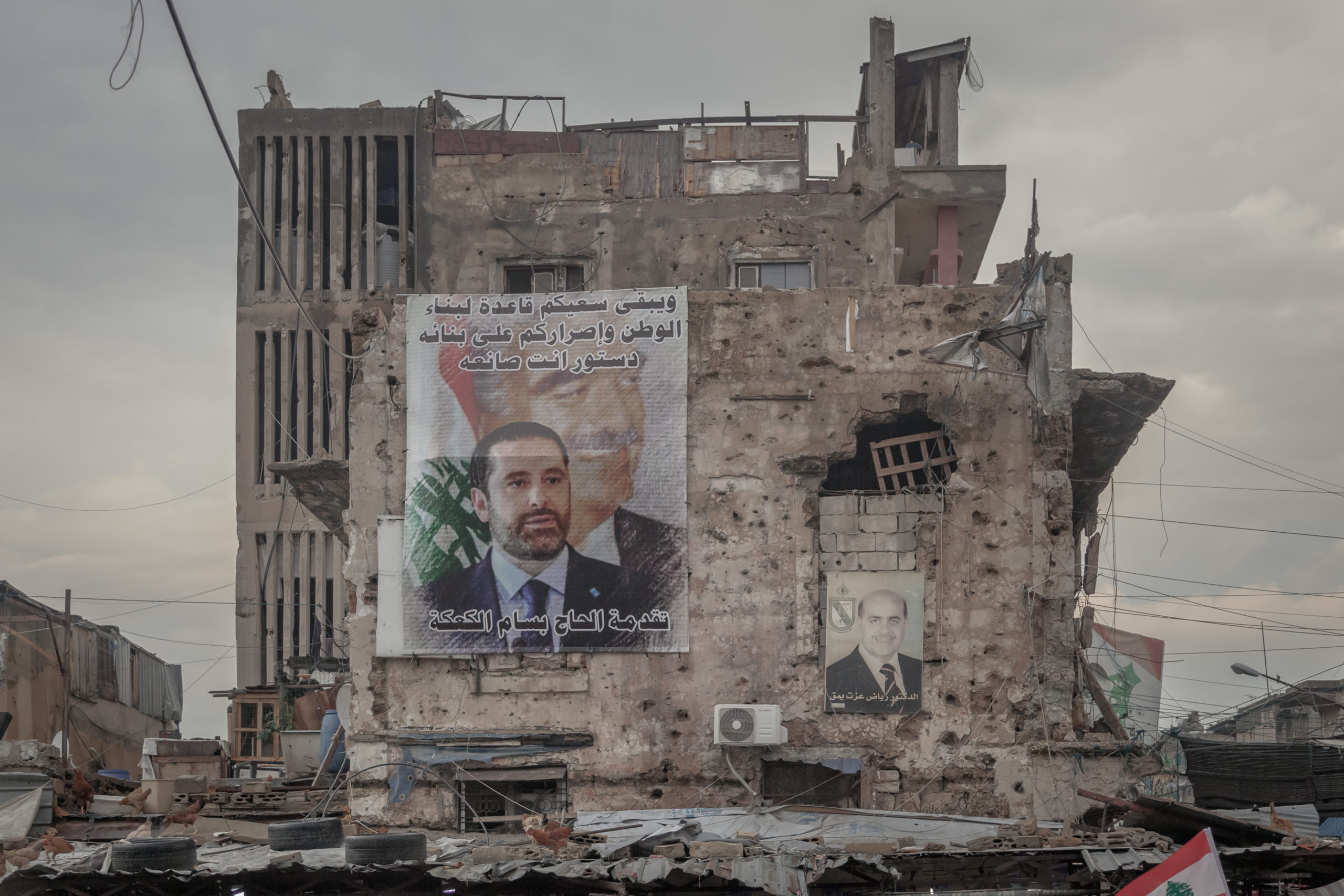
In Arab cultures, depicting living beings is strictly connected to idolatry. The Quran condemns the worship of idols, since God should be the only subject of veneration. However, in Lebanon as well as in other majority Muslim countries, the use of images for propaganda purposes portrays politicians and local personalities almost as ‘divinities’ to be venerated. Tripoli is the second largest city in Lebanon by population and size, and is considered by the UN to be the poorest city on the Mediterranean coast. It is also probably the Lebanese city where the presence of representations of both local and national personalities has the strongest visual impact. © Andrea Ferro, Italy, Finalist, Professional, Landscape, 2021 Sony World Photography Awards

My project reveals the correlation between devotional aspects of iconography and its pervasiveness at a spatial and urban level. © Andrea Ferro, Italy, Finalist, Professional, Landscape, 2021 Sony World Photography Awards
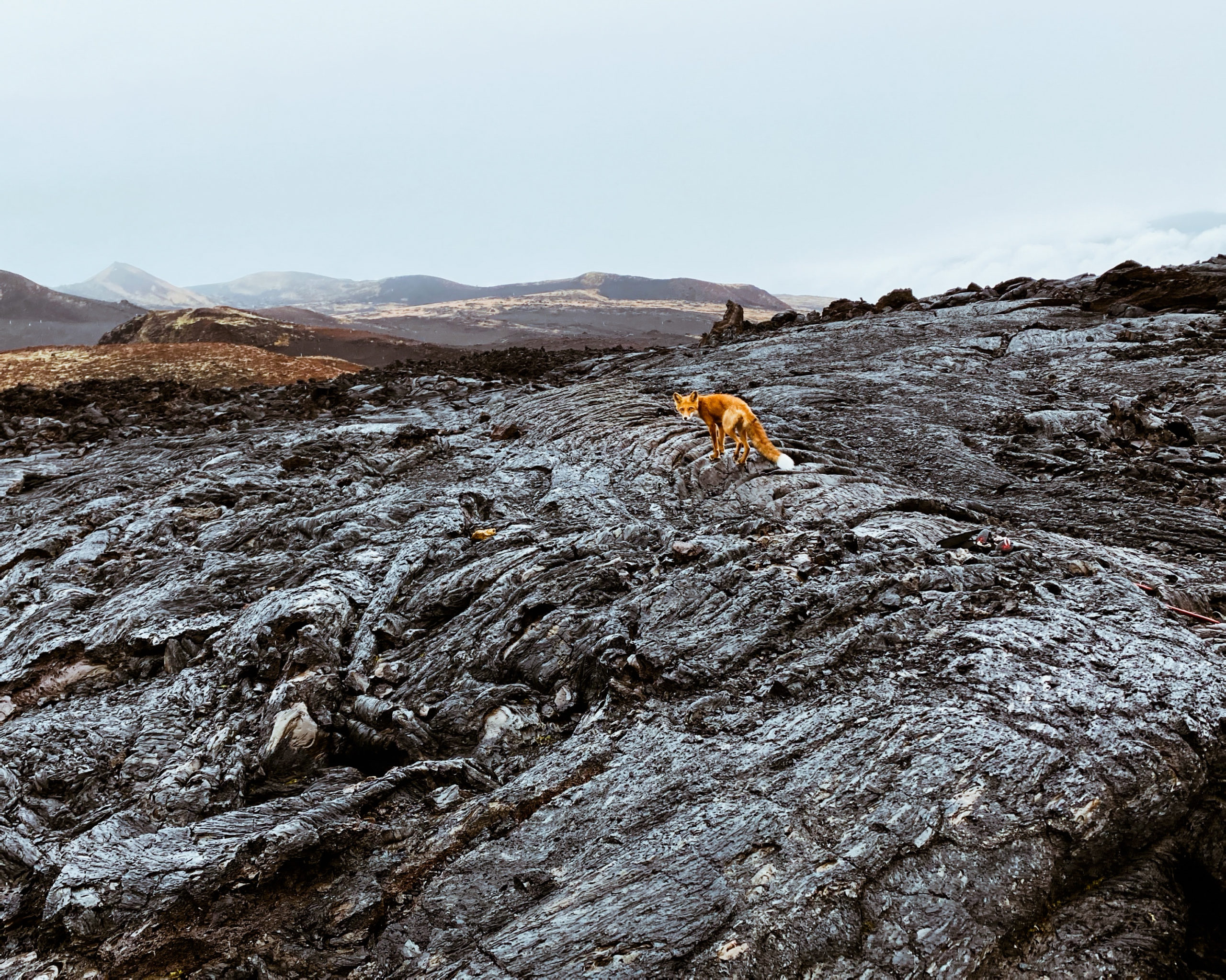
A Fox. I took these photographs during my first trip to the volcanoes of Kamchatka in eastern Russia. I visited in the autumn, when there is no snow covering the volcanoes, and was struck by how the yellowing leaves looked against the black ash. My visit lasted around two weeks and I photographed in all different weather conditions and times of the day. © Fyodor Savintsev, Russian Federation, Finalist, Professional, Landscape, 2021 Sony World Photography Awards

The Kamchatka Peninsula is completely different from anything else I’ve seen. I was completely absorbed by its beauty and wanted to portray the volcanic belt as a living organism. I plan to continue the series this year. © Fyodor Savintsev, Russian Federation, Finalist, Professional, Landscape, 2021 Sony World Photography Awards
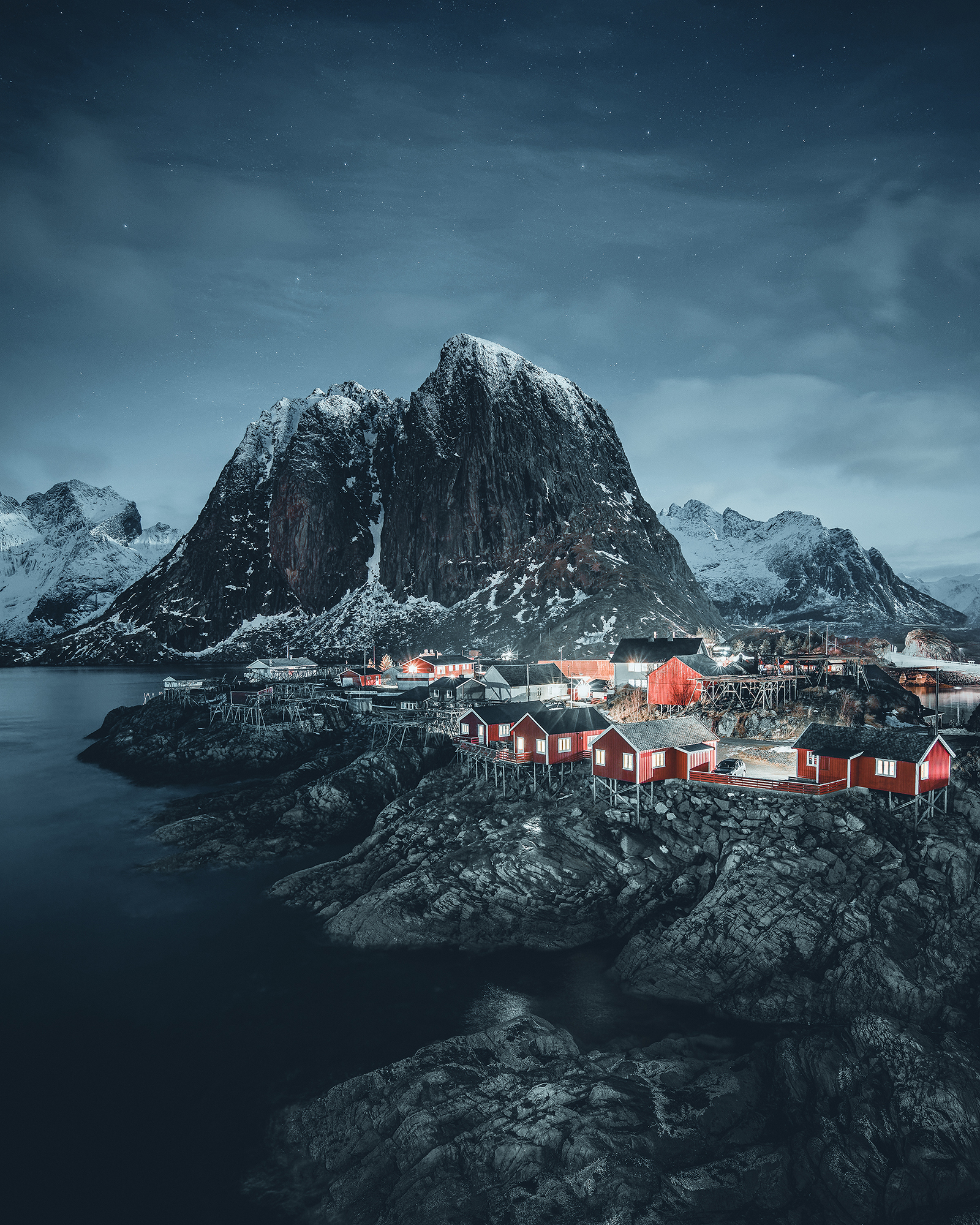
Hamnoy under Stars. The Lofoten Islands are stunning and unique in winter: the freezing cold sea, steep mountains and colourful houses combine to make an absolutely breathtaking adventure. © Marc Hennige, Germany, Shortlist, Professional, Landscape, 2021 Sony World Photography Awards
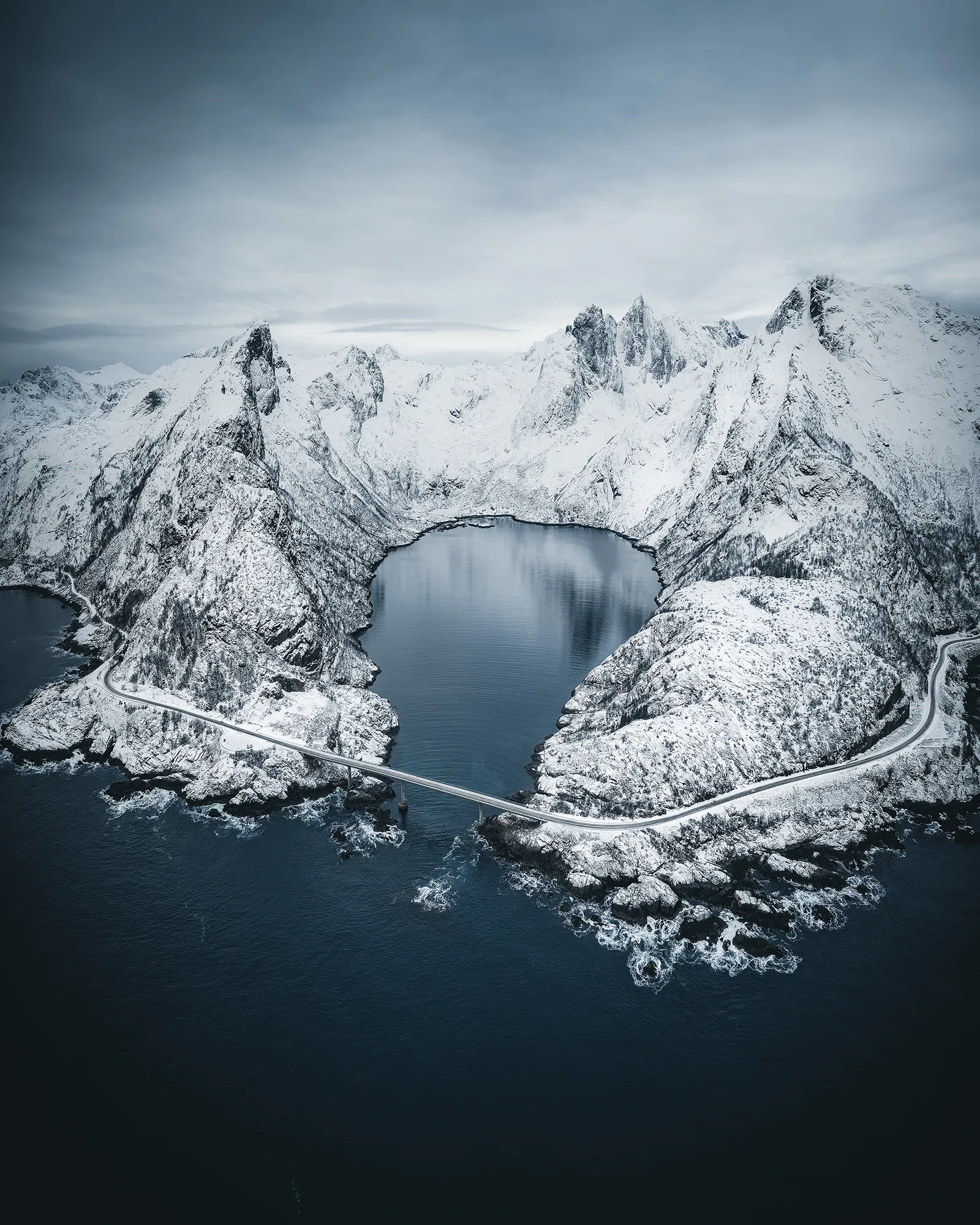
Fjord on the Edge. © Marc Hennige, Germany, Shortlist, Professional, Landscape, 2021 Sony World Photography Awards
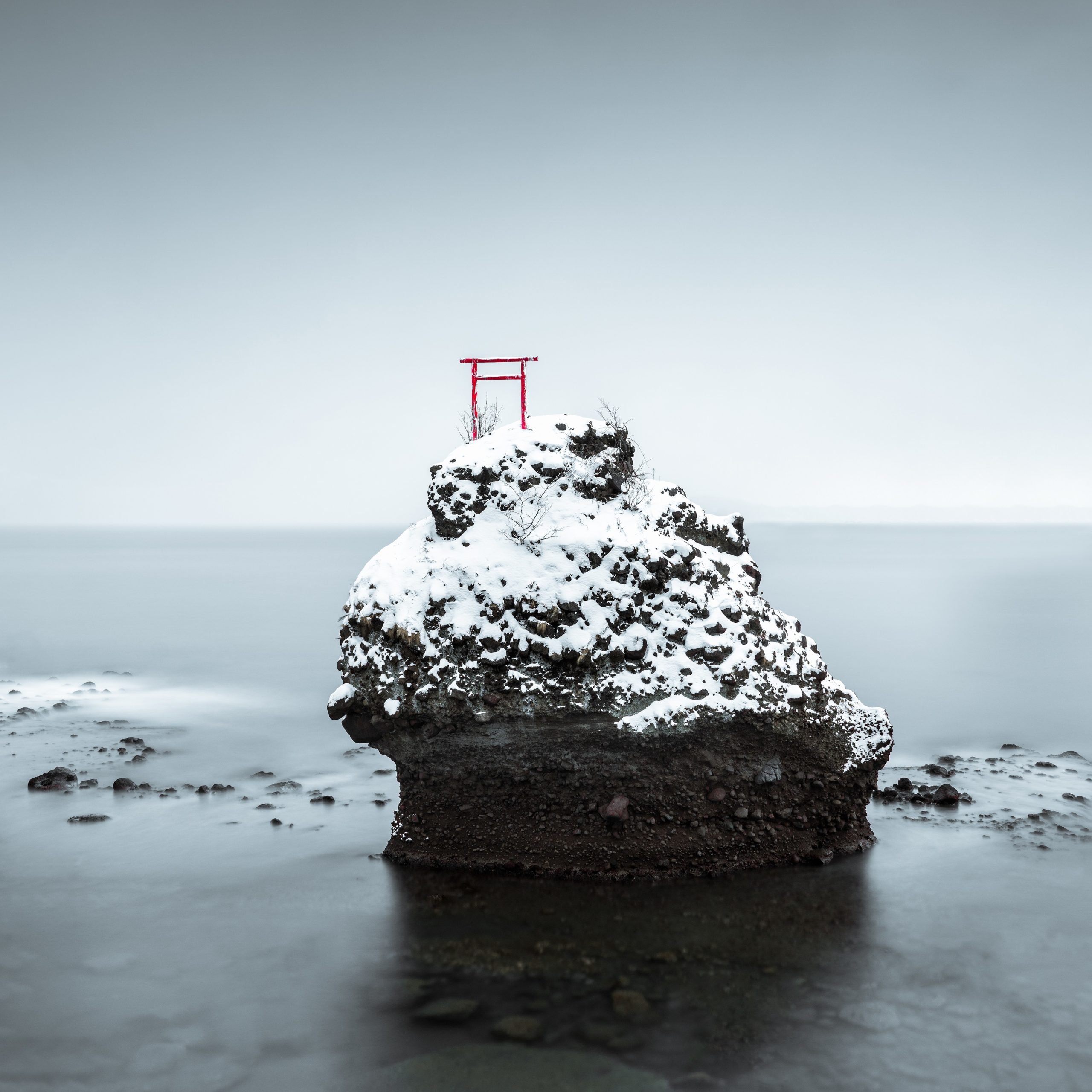
Artifact #317: Daikoku Iwa. Hokkaido is often depicted as the land of ice and snow, and is commonly photographed in black & white. Heading to the region, I expected to do the same. As I travelled across its harsh, snowy landscape, I came across fields as white as a blank canvas. There, I forced myself to see beyond the obvious: beyond just black & white, beyond the chills and blizzards, and beyond my imagination. I saw it as a perfect opportunity to explore my ideas of a calm but harsh landscape; of what it could look like amidst the blizzard and the cold. I exposed the images for five minutes or more to maintain a sense of minimalism and to reduce any distracting elements such as ripples and movement in the sky. © Marvin Grey, Philippines, Shortlist, Professional, Landscape, 2021 Sony World Photography Awards.
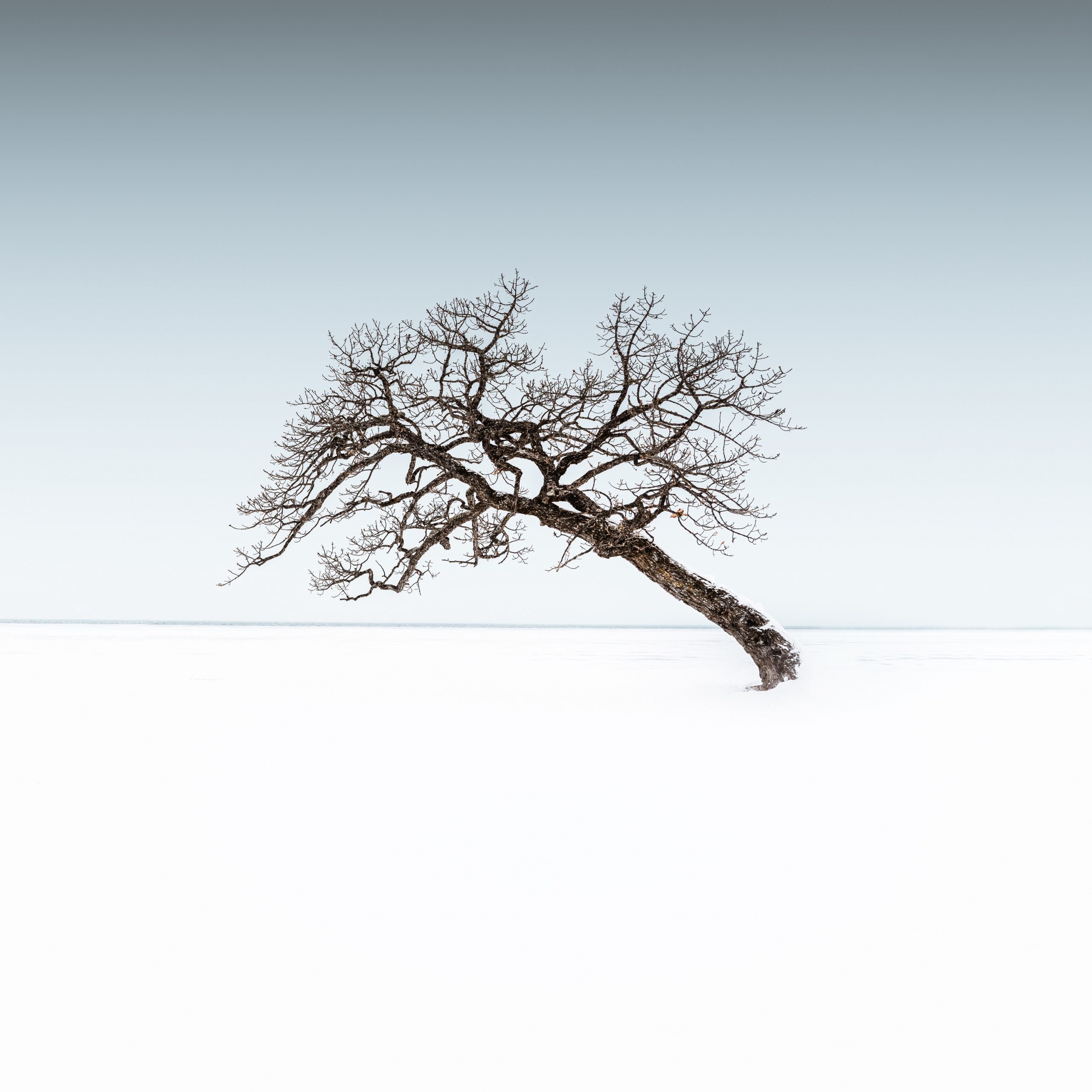
Artifact #309: Tree of Half-Truths. © Marvin Grey, Philippines, Shortlist, Professional, Landscape, 2021 Sony World Photography Awards
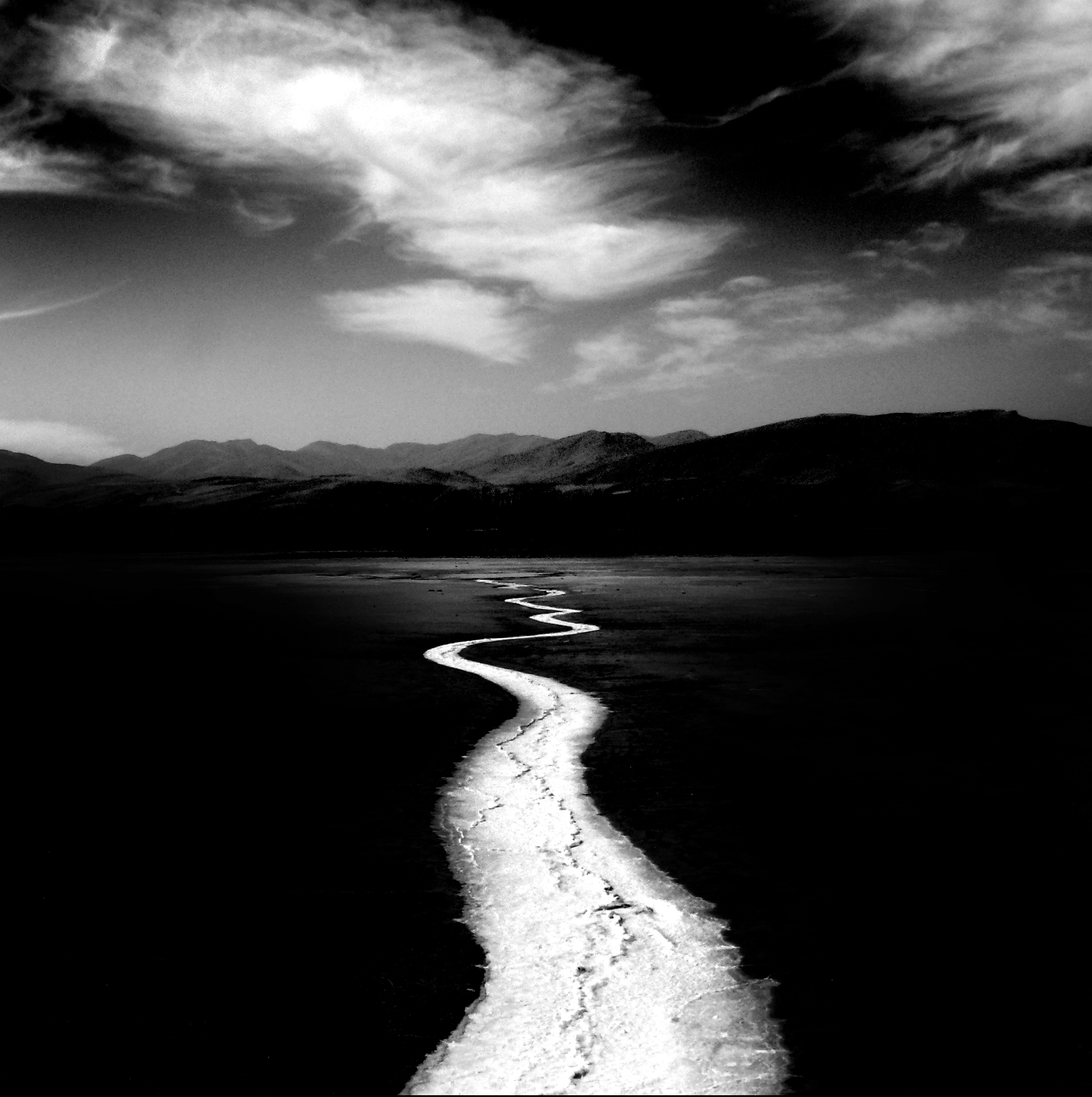
This series shows the dried-up areas of Lake Urmia, where nothing remains but terrible silence. © Samad Ghorbanzadeh, Iran, Shortlist, Professional, Landscape, 2021 Sony World Photography Awards.
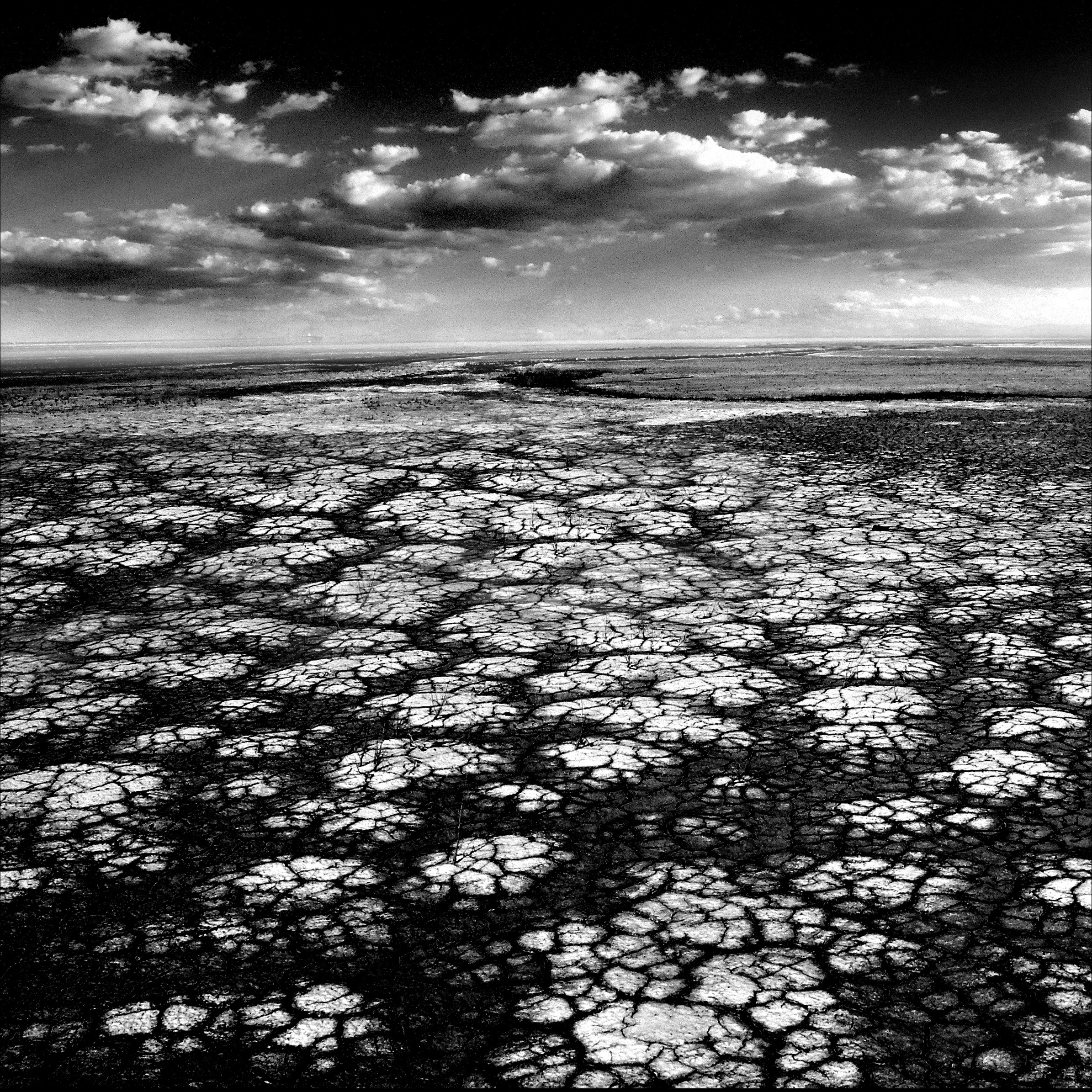
© Samad Ghorbanzadeh, Iran, Shortlist, Professional, Landscape, 2021 Sony World Photography Awards

Aladaghlar (Colorful mountains). For me, as a fan of science fiction, travel and photography, discovering new places is like entering a parallel world. Ala Daghlar (Colourful Mountains) is an astonishing natural phenomenon found in Iranian Azerbaijan. These mountains, covering an area of about 70 square kilometres, start at the city of Mahneshan in the Zanjan province and extend to parts of East Azerbaijan. According to geologists, they date back 15 million years to when ponds, rich in iron deposits, fixed the colour of their minerals and sediments into the mountains as they rose, causing them to appear as different-coloured stripes. © Mehrdad Fathi, Iran, Shortlist, Professional, Landscape, 2021 Sony World Photography Awards

© Mehrdad Fathi, Iran, Shortlist, Professional, Landscape, 2021 Sony World Photography Awards
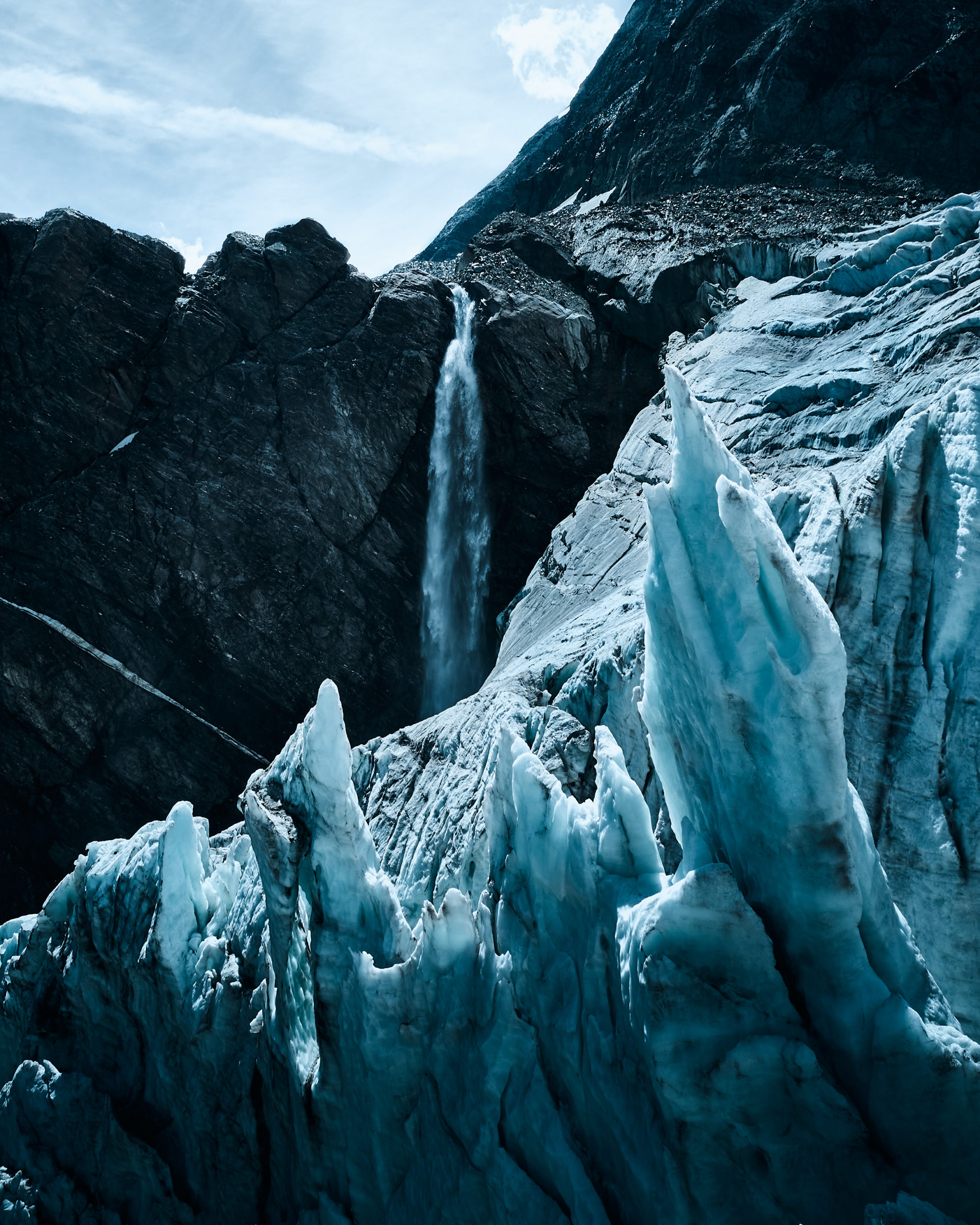
Ice Towers. To show future generations the splendour of the glaciers that once shaped our Alps, I photographed them from their most intimate side. Each picture tells a specific story of a glacier’s characteristics. Together they form a construct that documents the diversity, the complex shapes and structures, as well as the unique colour of the glaciers. © Niklas Eschenmoser, Switzerland, Shortlist, Professional, Landscape, 2021 Sony World Photography Awards

Seracs. This series is a homage to the landscape I have learned to love, but which is disappearing in front of my eyes. This body of work is a portrait of this majestic but fragile and ephemeral world of ice. © Niklas Eschenmoser, Switzerland, Shortlist, Professional, Landscape, 2021 Sony World Photography Awards
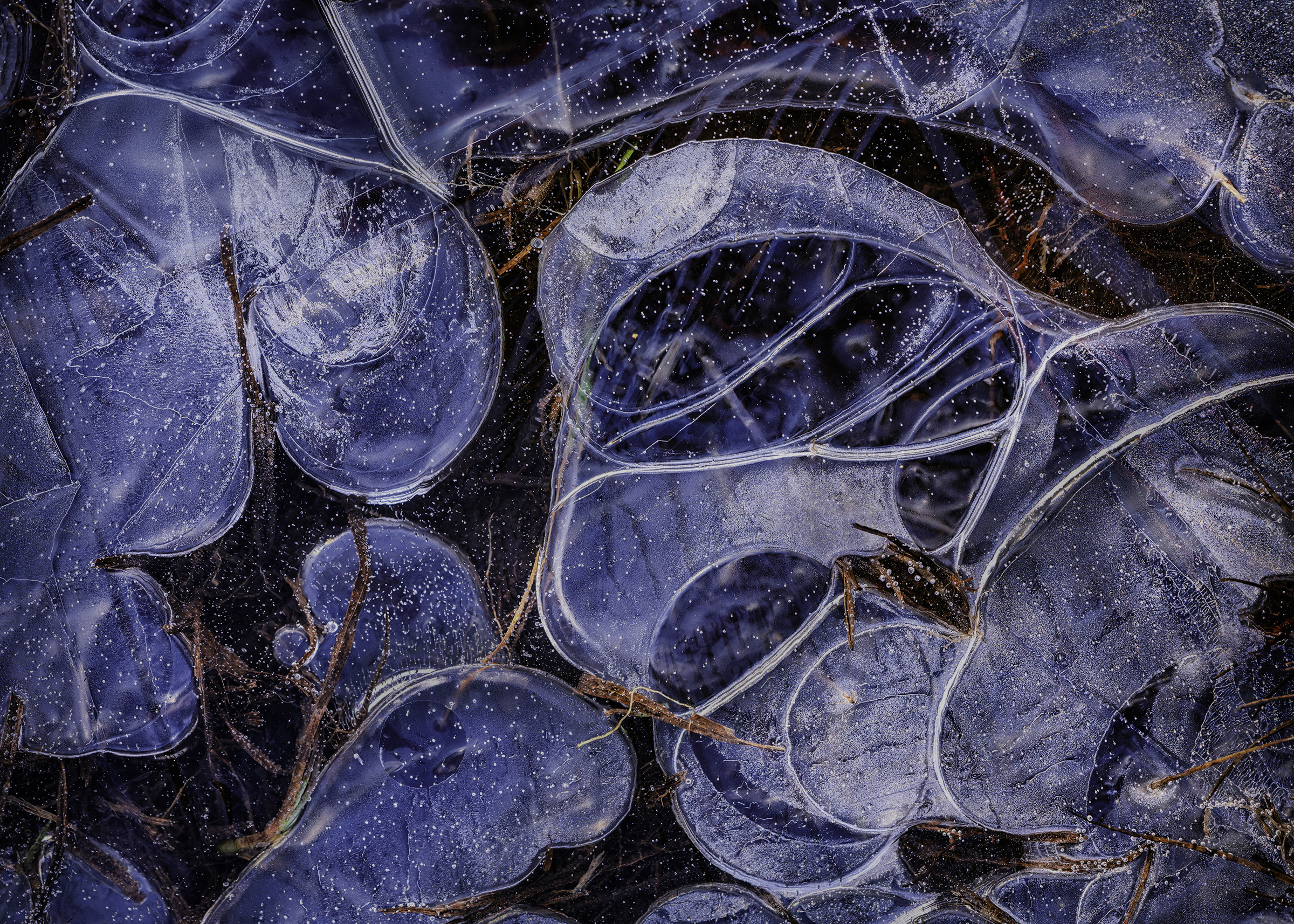
Frozen Plant Life. Forced to refrain from travel, I turned to landscape photography closer to home, and became obsessed by the colours, patterns and textures that appear in frozen puddles. To me, these puddles are a source of wonder, even in an otherwise uninspiring location. Sometimes, ice is transparent and crisp; at other times, its multiple layers of freezing and thawing ice become opaque and cloudy. © Carol Graham, United Kingdom, Shortlist, Professional, Landscape, 2021 Sony World Photography Awards
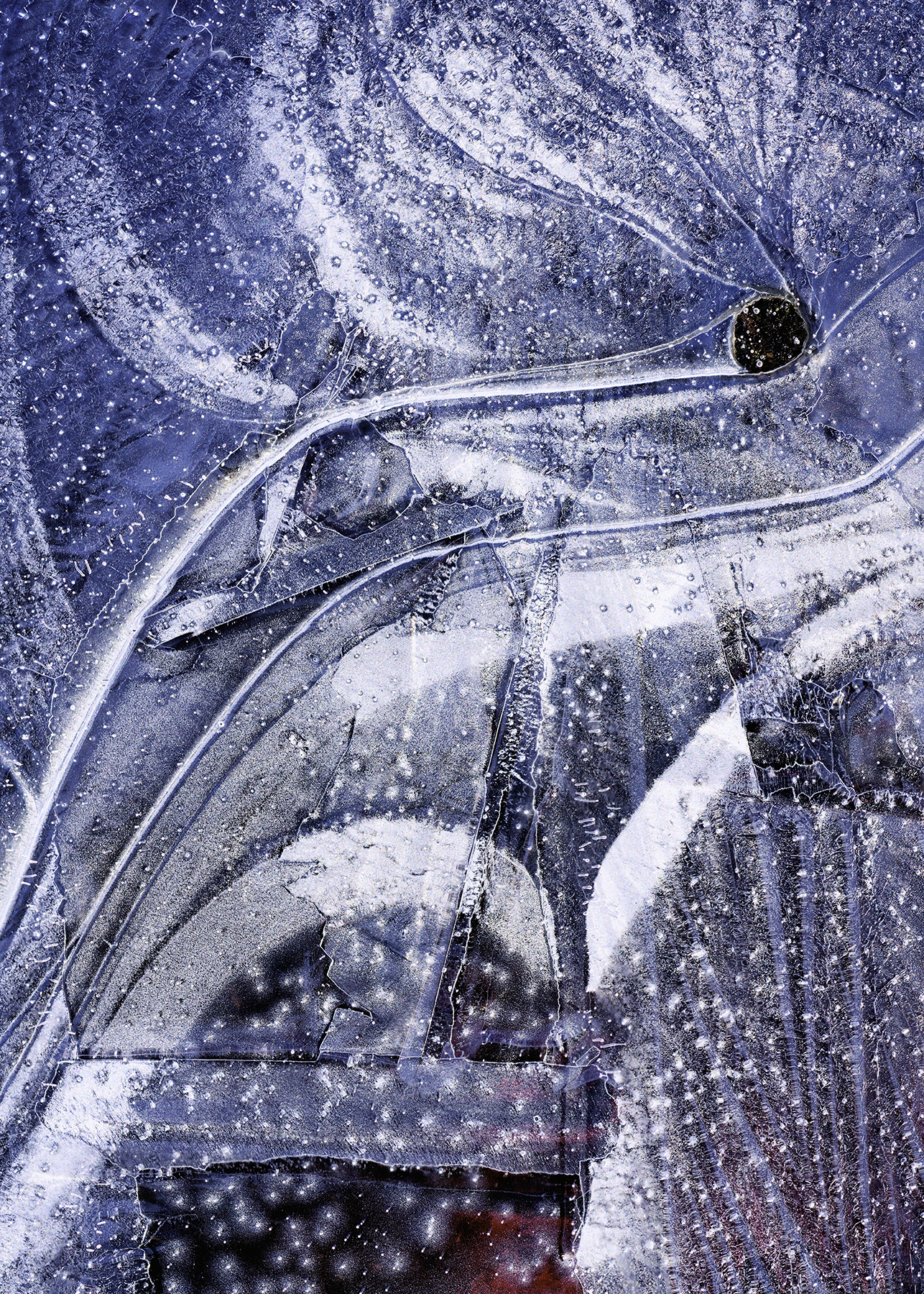
Abstract Beauty. My intent was to capture the landscape in ice form, photographing its transient and fragile beauty. © Carol Graham, United Kingdom, Shortlist, Professional, Landscape, 2021 Sony World Photography Awards
Environment
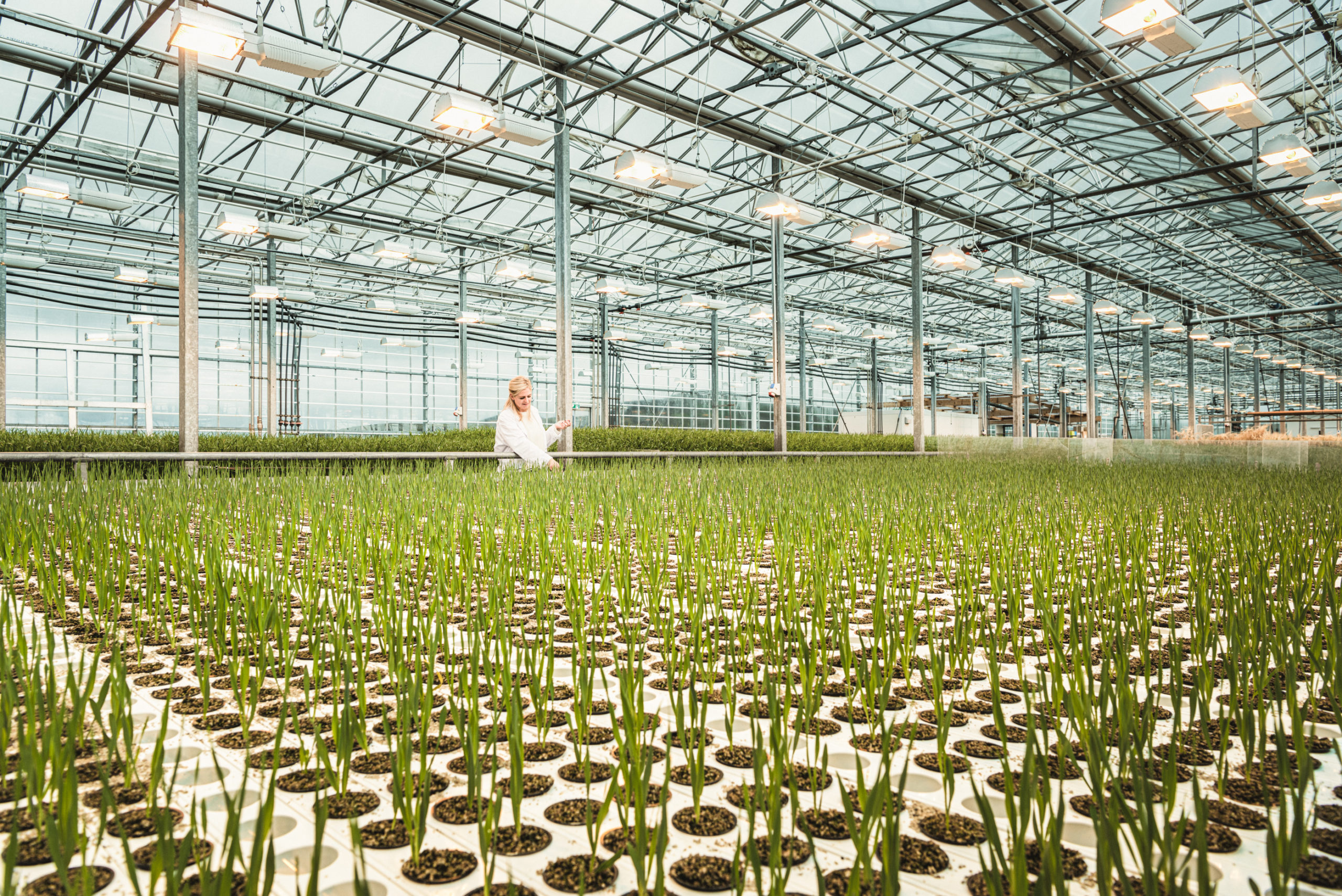
Iceland: Elisabet controls barley seedlings at Bioeffect carbon-negative greenhouse, in Reykjanes Peninsula. The scientists of Bioeffect have developed a method to genetically engineer barley and produce Epidermal Growth Factor (EGF). This is a protein that stimulates cell growth and is used in luxury cosmetics to rejuvenate skin. This greenhouse holds up to 130,000 barley plants growing in inert volcanic pumice. The greenhouse is powered by clean geothermal energy and heat supplied by the neighbouring Svartsengi Power Station. A single gram of pure EGF has a market value of 10k$. The coronavirus pandemic has led to the most severe economic downturn the world has seen in recent years. However, this crisis also presented countries with an unprecedented opportunity to shift towards sustainable living. Iceland is isolated and challenged by a harsh climate and following the financial crisis in 2008 has successfully transformed its economy through the use of renewable energy. In a few decades, the country moved away from fossil fuels to producing 100% of its electricity from renewable sources. This transition nurtured an ecosystem of innovation and entrepreneurship that grew profitable businesses aiming to make minimal impact on the environment. Thus Iceland has become a global leader in technologies that foster clean energy and emission reduction. This small nation presents many ways in which the global climate crisis can be tackled and is leading the transition to a net-zero sustainable future. © Simone Tramonte, Italy, Finalist, Professional, Environment, 2021 Sony World Photography Awards
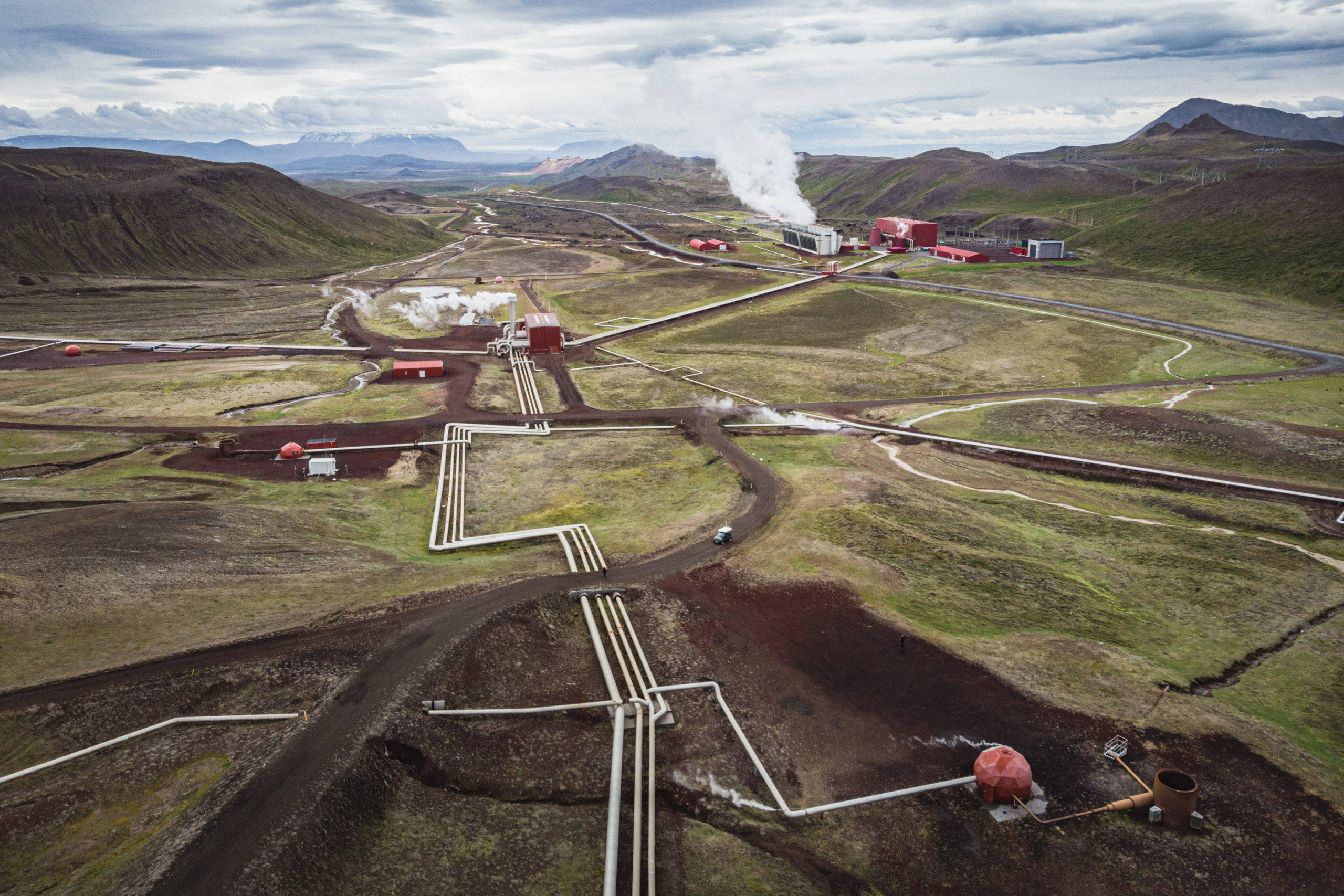
Wells and pipes in Krafla geothermal power station, in northern Iceland. Geothermal energy is a renewable energy source with a low environmental impact compared to fossil fuel power plants. The exploitation of geothermal resources may lead to greenhouse gases emission, but all carbon emissions from the Krafla Power Station are substantially reduced by reinjecting back into the geothermal wells or reutilising the carbon dioxide emitted from geothermal gas to ensure the least impact on the environment. In 2020 about 50,000 tonnes of CO2 were injected back into the geothermal reservoir. The gases react with basaltic subsurface rocks to form stable minerals for safe, long-term storage of the injected gases. © Simone Tramonte, Italy, Finalist, Professional, Environment, 2021 Sony World Photography Awards

Ahvaz has been consistently ranked as one of the world’s worst cities for air pollution according to the World Health Organization, topping the list on numerous occasions in the past decade. Industrial sources, chief among them the refineries and other components of the vast petrochemical industry in Khuzestan Province, as well as massive dust storms, are the main contributors to air pollution. © Mohammad Madadi, Iran, Finalist, Professional, Environment, 2021 Sony World Photography Awards

The poor air quality has a significant impact on the lives of the residents of Ahvaz. Each year, thousands seek medical treatment for respiratory conditions. The air pollution has also increased immigration out of the city, limited investments and tourism, damaged infrastructure, and added to the already high electricity and water consumption of the city. © Mohammad Madadi, Iran, Finalist, Professional, Environment, 2021 Sony World Photography Awards
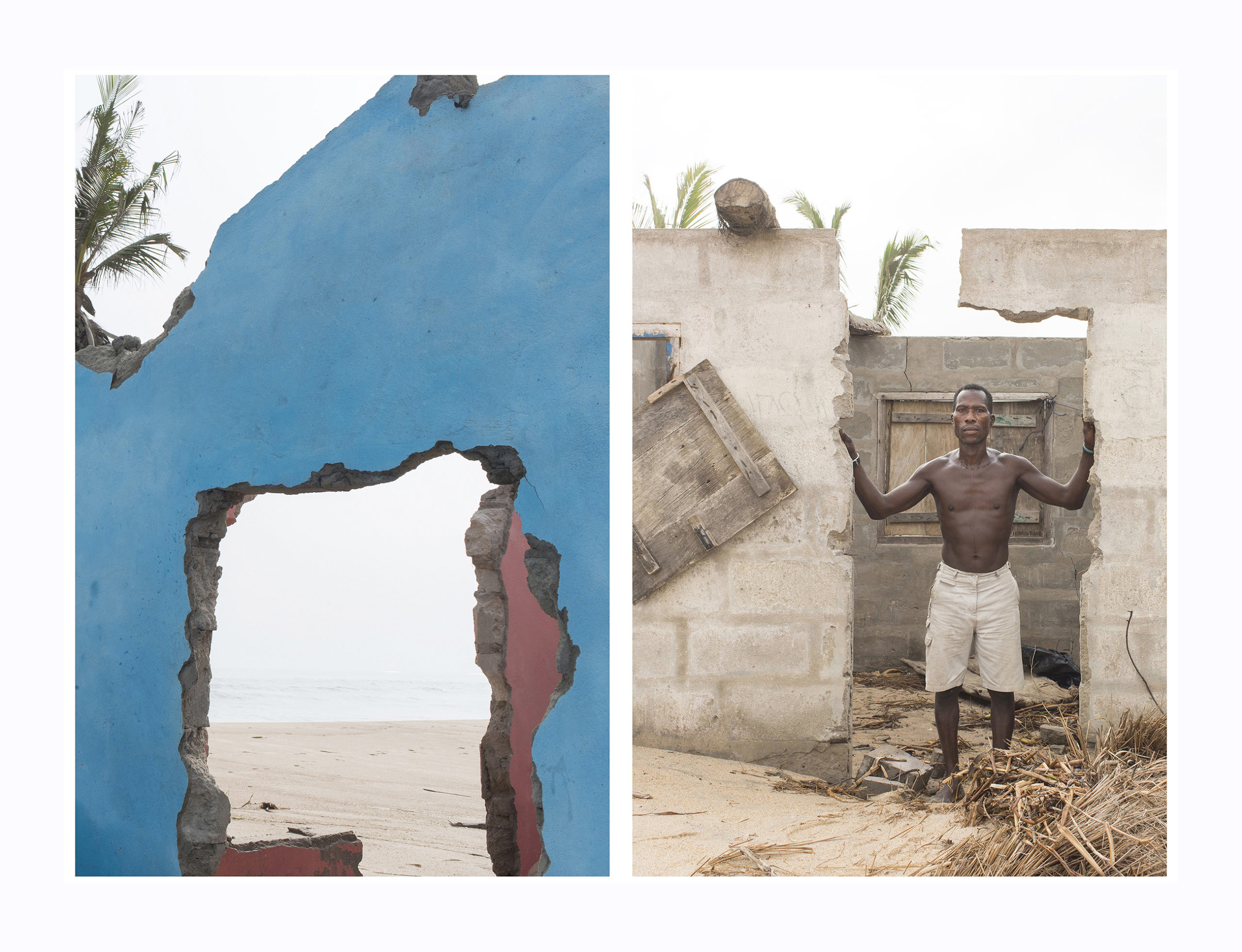
Seth Zormelo. The Sea Moves Us, the Sea Moves Fuvemeh. Fuvemeh, Ghana, a fishing village located between the Atlantic Ocean and the mouth of the Volta River, has disappeared. It cannot even be found on Google Maps, and now only exists in the memories of those who lived there. Coastal erosion and rising sea levels – a direct consequence of global warming – are contributing to the disappearance of coastal communities in West Africa. Fuvemeh is a clear example of this. Over the years, the inhabitants of this village, little by little, saw their lands, their houses and their livelihoods disappear. The defenses, barriers and breakwaters, built by cooperation projects, have also been swallowed up by the sea. Those inhabitants of Fuvemeh who are able to have fled to other villages, other houses, other countries. Some remain, only a few hundred metres from the shore, hoping the sea will not swallow their lives up again. Sometimes, at low tide, they return to what is left of their houses: walls; windows; a doorframe. Sometimes there is nothing. It’s an empty space, which the people fill with their memories. These photographs of the people and what remains of their house are taken in those moments. © Antonio Pérez, Spain, Finalist, Professional, Environment, 2021 Sony World Photography Awards
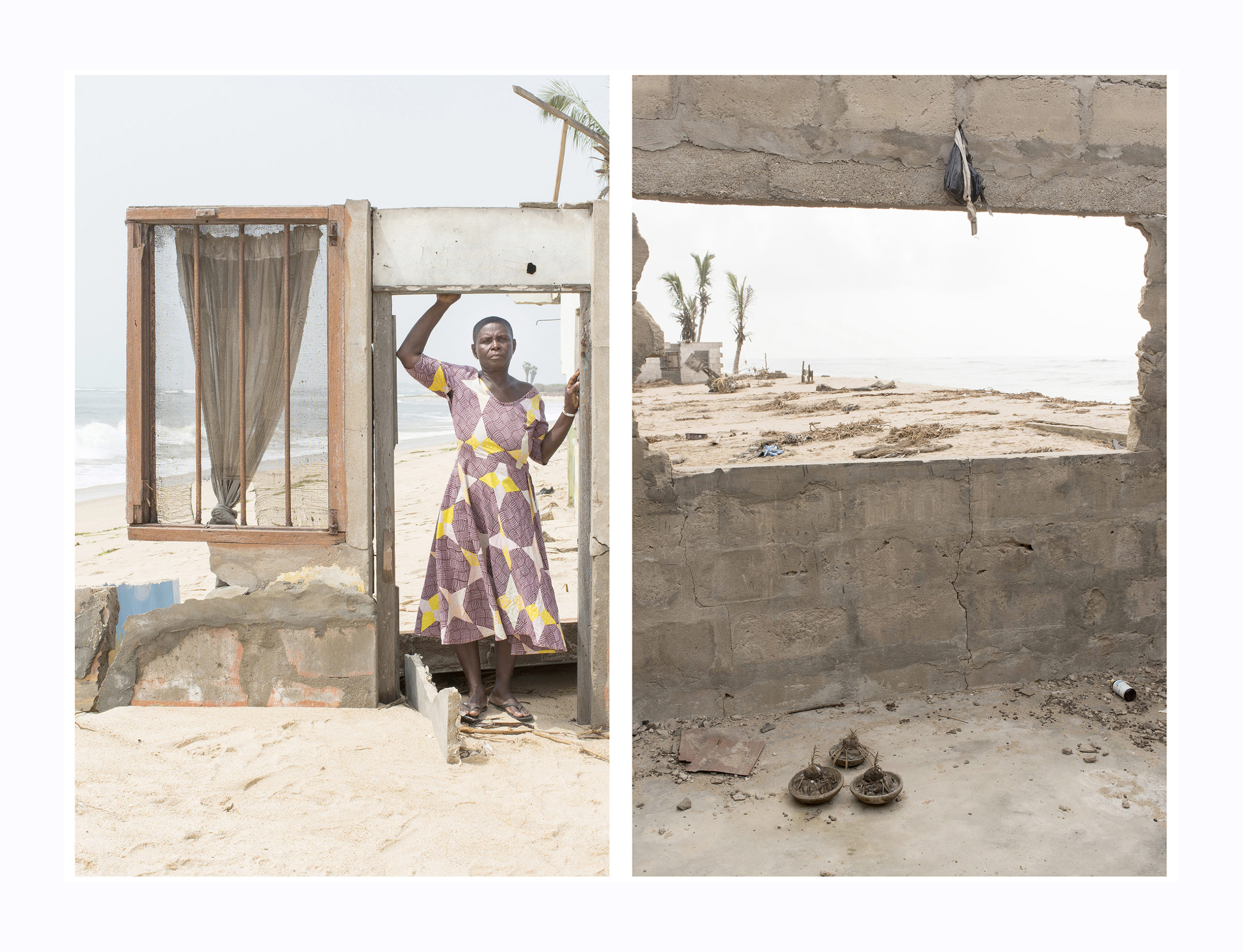
Bebli Adzotor. Copyright: © Antonio Pérez, Spain, Finalist, Professional, Environment, 2021 Sony World Photography Awards
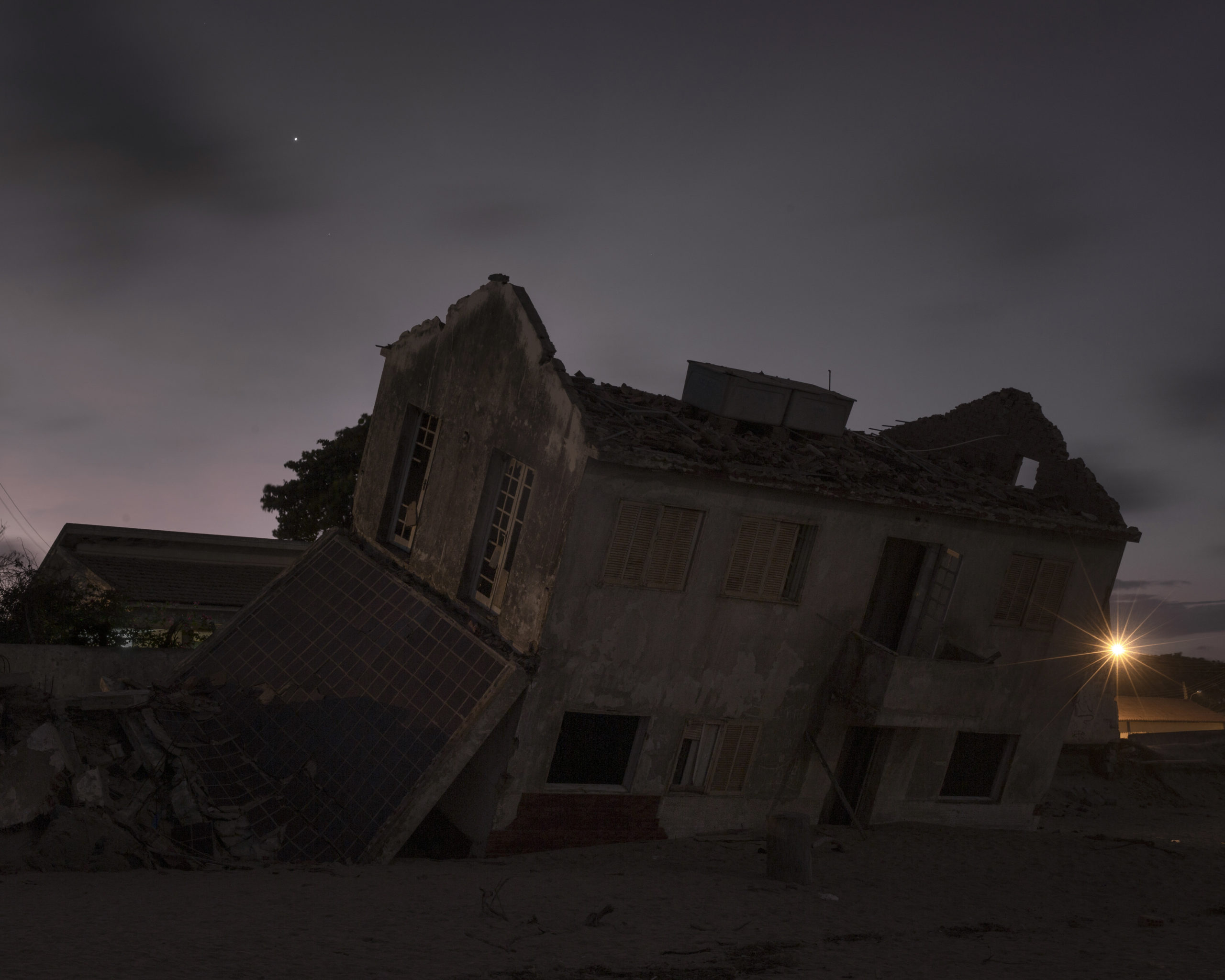
A house that has been destroyed by the sea, Atafona, Brazil. The decaying landscape of Atafona unveils the crises between humans and nature. In the past few decades, the waves have destroyed more than 400 homes, producing hundreds of environmental immigrants. Located in the delta of Paraíba do Sul river, one of the most important rivers in the Brazilian southeast region, Atafona is a small town on the coast of Rio de Janeiro State which has been invaded by the sea. In the past decades, the ocean has been rising and submerging tens of the small town’s quarters. Its dunes conceal about 400 buildings among public constructions, residential blocks, hotels, a gas station, and a church. Located in the delta of the Paraíba do Sul, one of the most important rivers in south-east Brazil, Atafona is a small town that has been invaded by the sea. In recent decades, the ocean has risen and submerged much of this community. Its dunes conceal about 400 buildings, among them public offices, residential blocks, hotels, a gas station and a church. Factors including climate change, geological features, and the disastrous human interventions all along the riverbed, have made Atafona the most significant case of coastal erosion in Brazil. The photographs portray the complex relationship between a community and an environment that is at once intimate and ruthless. It is defined by dependency and destruction. © Felipe Fittipaldi, Brazil, Shortlist, Professional, Environment, 2021 Sony World Photography Awards
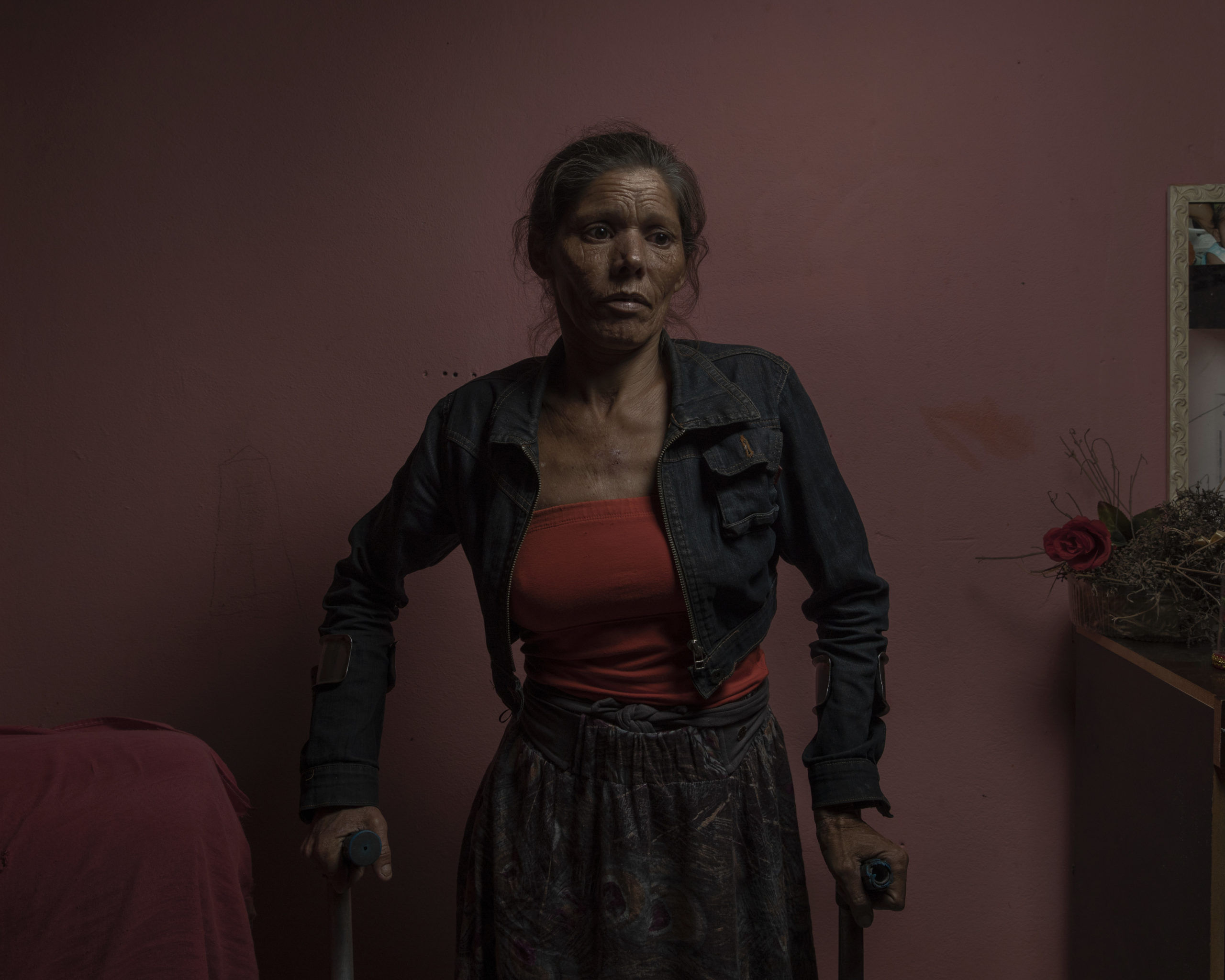
Érica Nunes lives in a house surrounded by sand dunes in Atafona. In 2019, the sea invaded her home during the night. Erika, who has been paralyzed in her leg since she was a child, was lying in her bed until the next morning when firefighters dredged seawater. However, Erika lost most of her belongings. The waves have invaded her home on other occasions in the past, but Erika insists on staying because, according to her, she has nowhere to go. “My family has already lost several houses. My father had a home and a bar. From one day to the next, the sea invaded both of us, and all our things floated in the water. Then my father lost another bar and a fishmonger. This is what I remember. I no longer remember how many houses he lost; there were many. I think about five houses.”
“When the water entered my house, I was very scared but preferred to stay inside. I didn’t want to leave my things. But it is not the first time. Seawater has entered here several times.” “Sometimes I wake up in the middle of the night and go outside to check the sea. At full moon, I get worried and end up not sleeping because in case of the sea comes in and I’m asleep, it will carry everything. I have it in my head – bed, antenna, fridge – everything floating around”. © Felipe Fittipaldi, Brazil, Shortlist, Professional, Environment, 2021 Sony World Photography Awards

Tailings. The world’s population is expected to increase by 2 billion in the next 30 years, according to a United Nations report. We would need the equivalent of almost three planets to provide the natural resources required to sustain our lifestyles in their current state. The impact of consumerism on our environment is reflected in every aspect of our daily lives. This series explores the amazing capabilities humans have for production, circulation, and consumption. © Wentao Li, China, Shortlist, Professional, Environment, 2021 Sony World Photography Awards
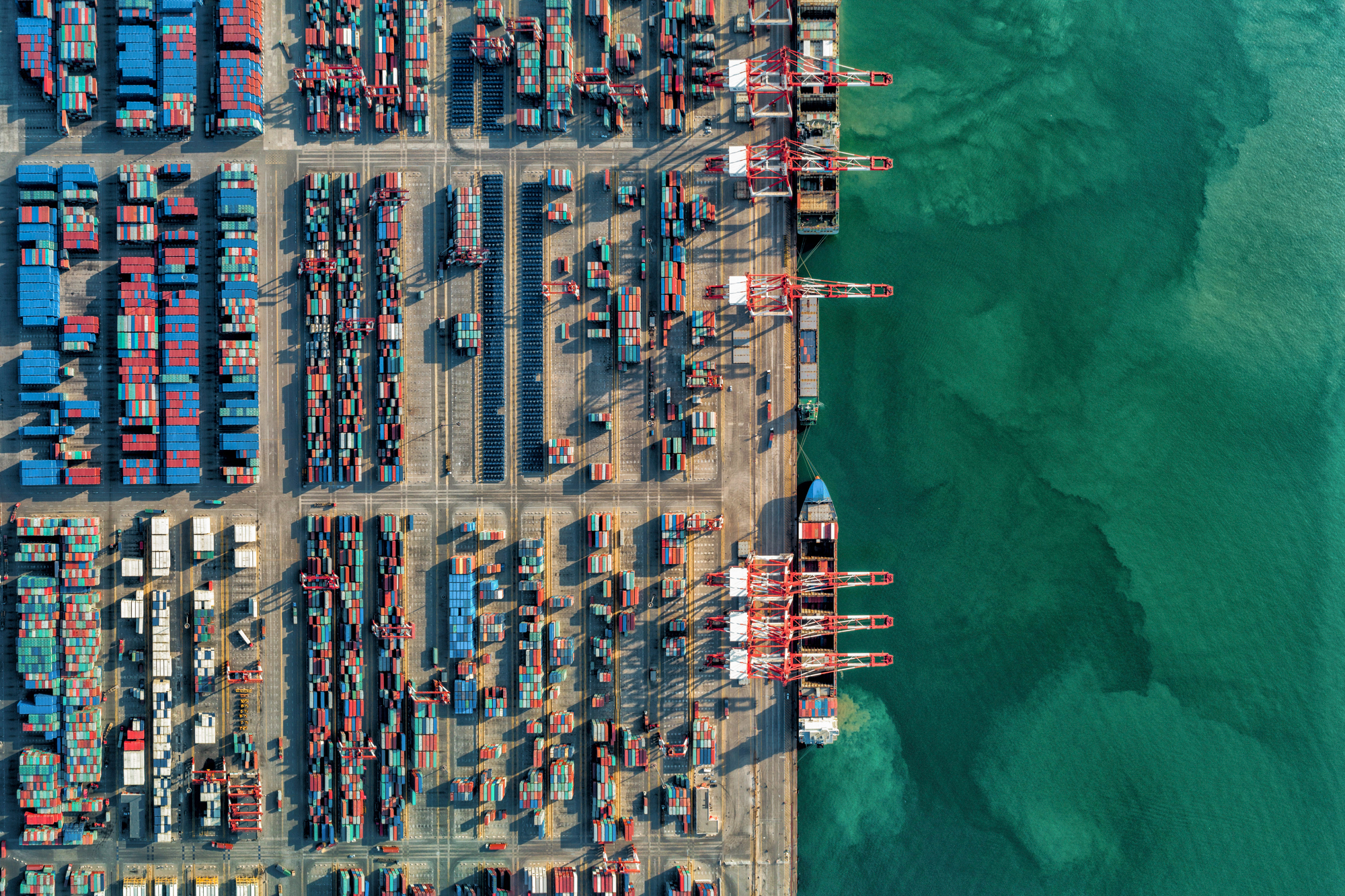
Consumer goods circulation. © Wentao Li, China, Shortlist, Professional, Environment, 2021 Sony World Photography Awards
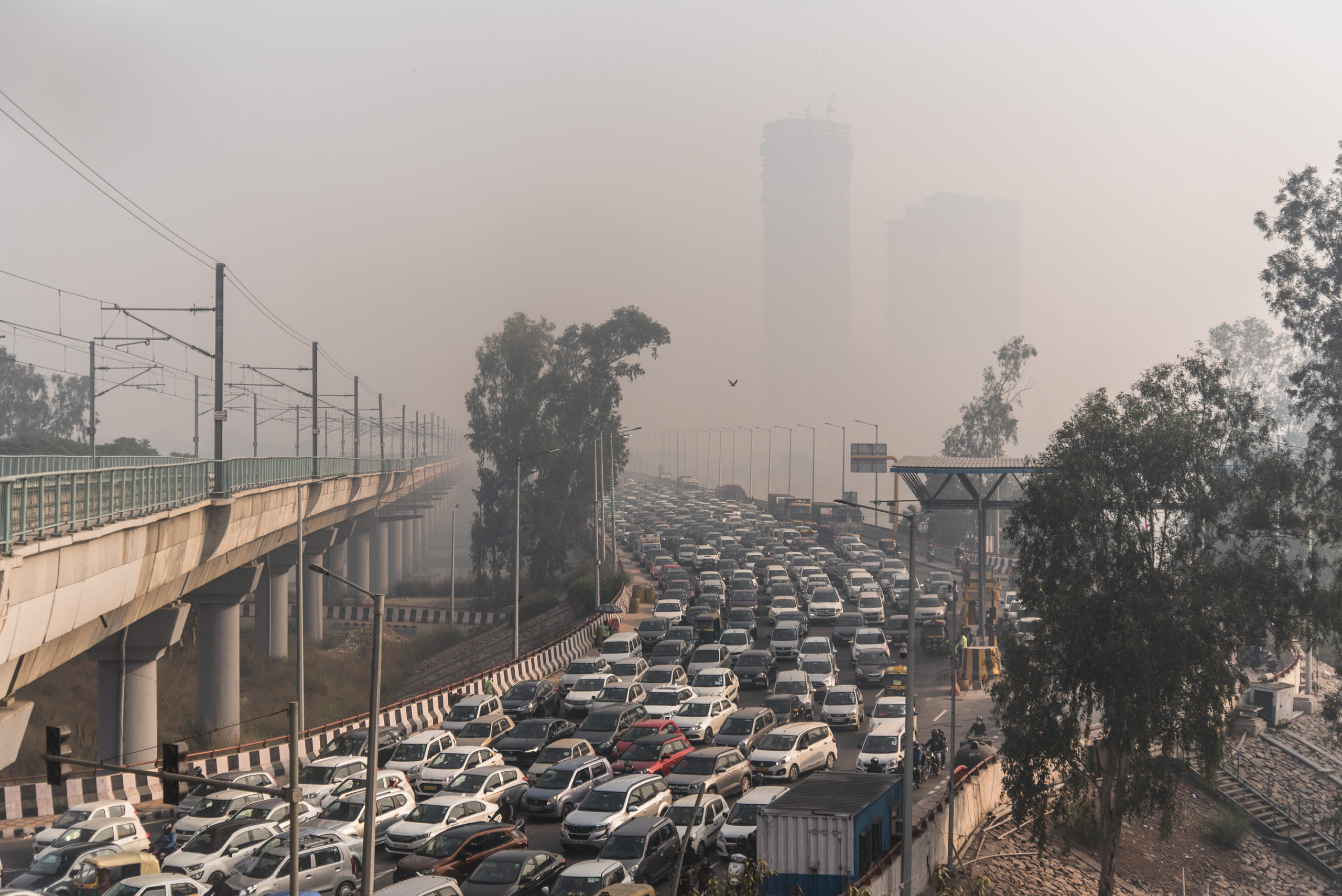
Delhi (India), morning traffic and air pollution on the Amrapali Yamuna bridge. New Delhi is one of the world’s most polluted cities. In winter especially, smoke and smog create a toxic mantle from which it is impossible to escape. In particularly poor conditions, breathing Delhi’s air could be equivalent to smoking up to 20 cigarettes a day. How are Delhi’s residents trying to combat this emergency? With masks (but these have to be of the requisite quality), with purifiers (very expensive) and with plants that emit oxygen also at night (but these aren’t enough). A bar has even opened where customers can breathe pure oxygen for 15 minutes at a cost of 400 rupees (around €5). The problem is mainly a question of socio-economic class: the poor, who live more or less on the streets and don’t use masks, are the most vulnerable. © Alessandro Gandolfi, Italy, Shortlist, Professional, Environment, 2021 Sony World Photography Awards
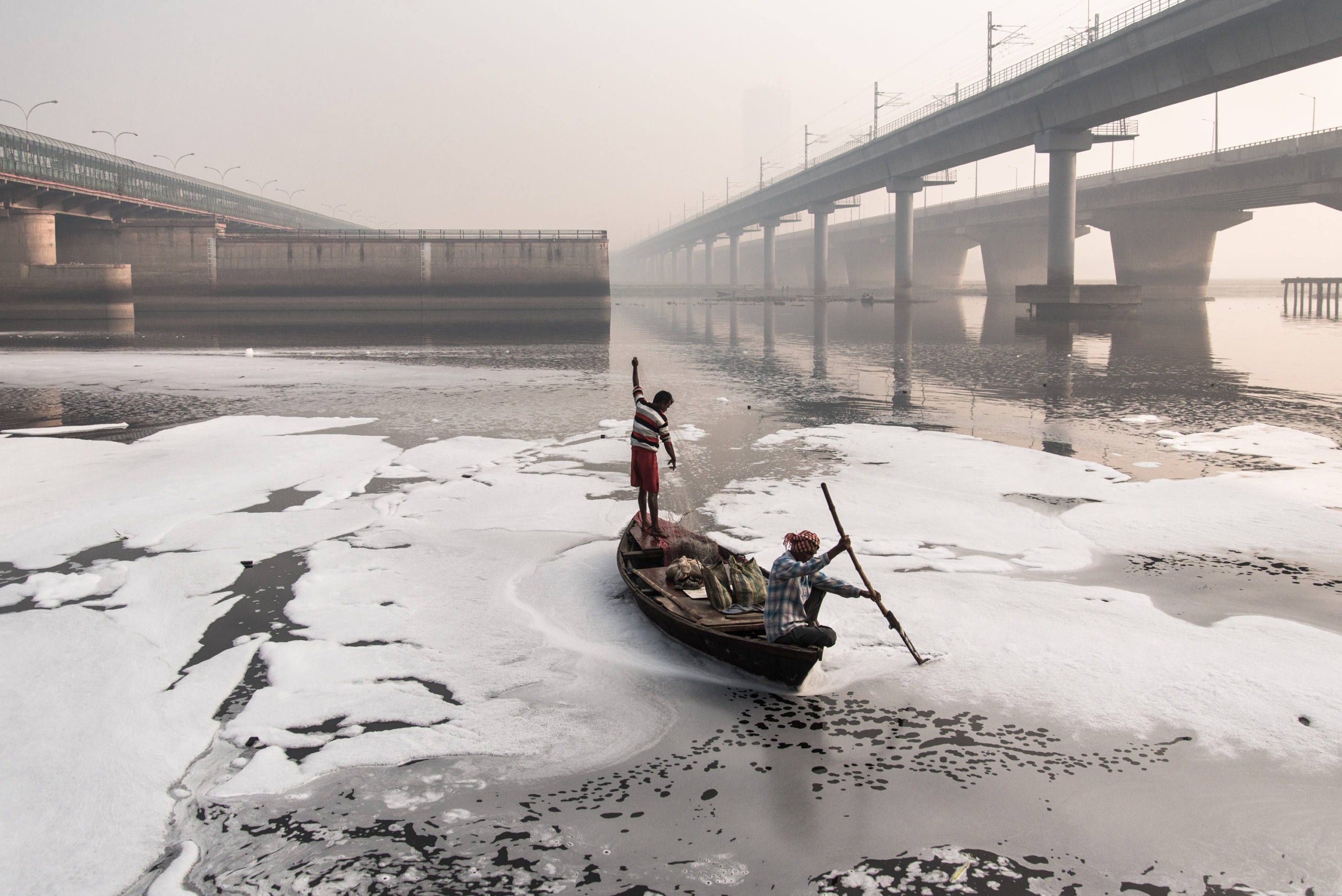
Delhi (India), men fish in the foam of the Yamuna River, between the Amrapali Yamuna bridge and the Kalindi Kunj bridge. A tributary of the Ganges, the Yamuna is one of the world’s most polluted rivers. Every day the city of Delhi dumps hundreds of millions of litres of sewage into its waters. © Alessandro Gandolfi, Italy, Shortlist, Professional, Environment, 2021 Sony World Photography Awards
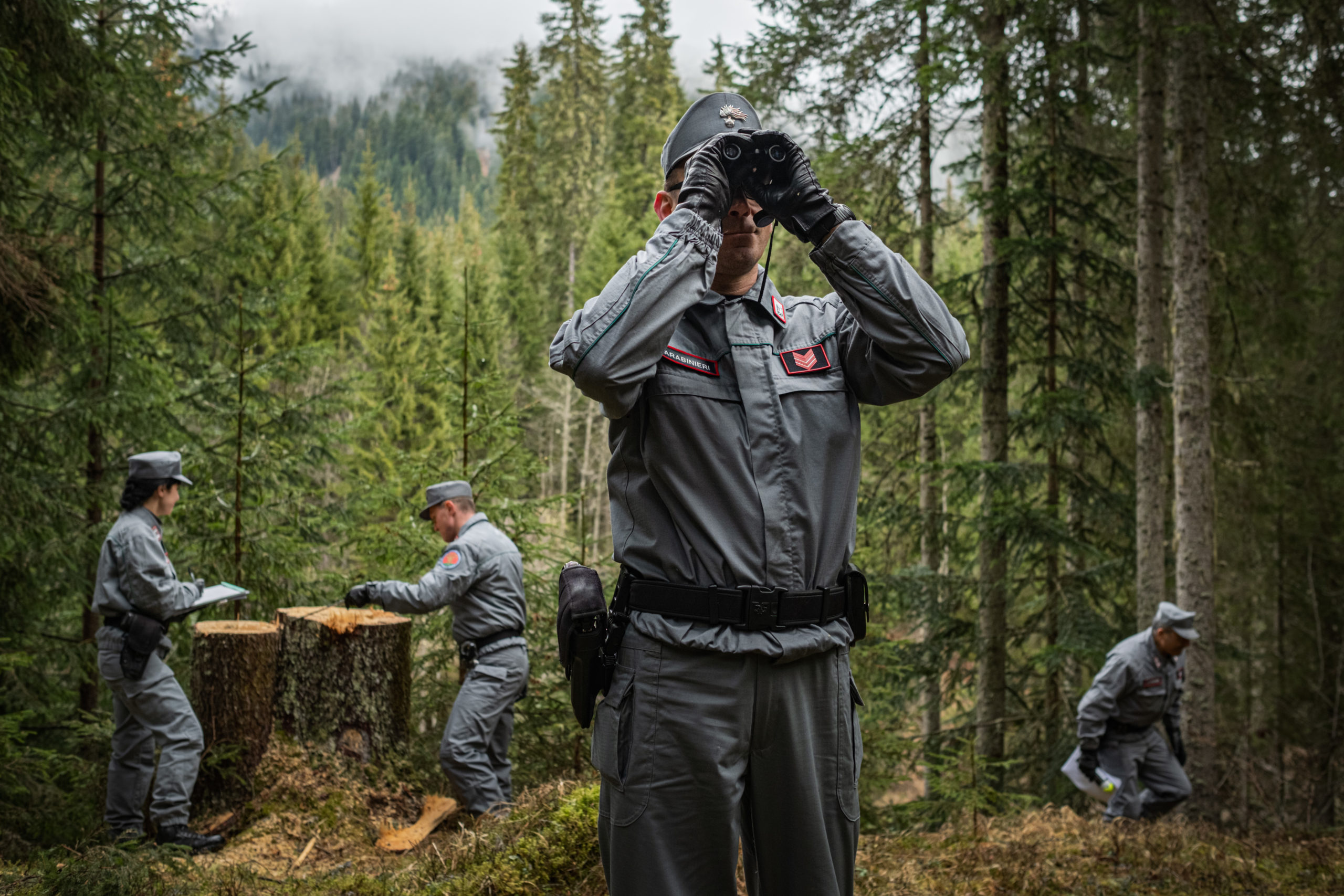
Val Visdende, Italy. Carabinieri forestali during an inspection in one of the valleys destroyed by the storm. Europe is close to losing its last virgin forests. Two thirds of these remaining areas are in Romania, and are critically threatened by illegal logging. According to the Environmental Investigation Agency, 49% of all timber cut in Romania is illegally harvested, but other countries such as Serbia, Ukraine, Poland and the Baltic states are also involved. The main consequence of huge deforestation is climate change, but the negative effects on the environment are numerous, and include flooding, loss of biodiversity and desertification. © Antonio Faccilongo, Italy, Shortlist, Professional, Environment, 2021 Sony World Photography Awards
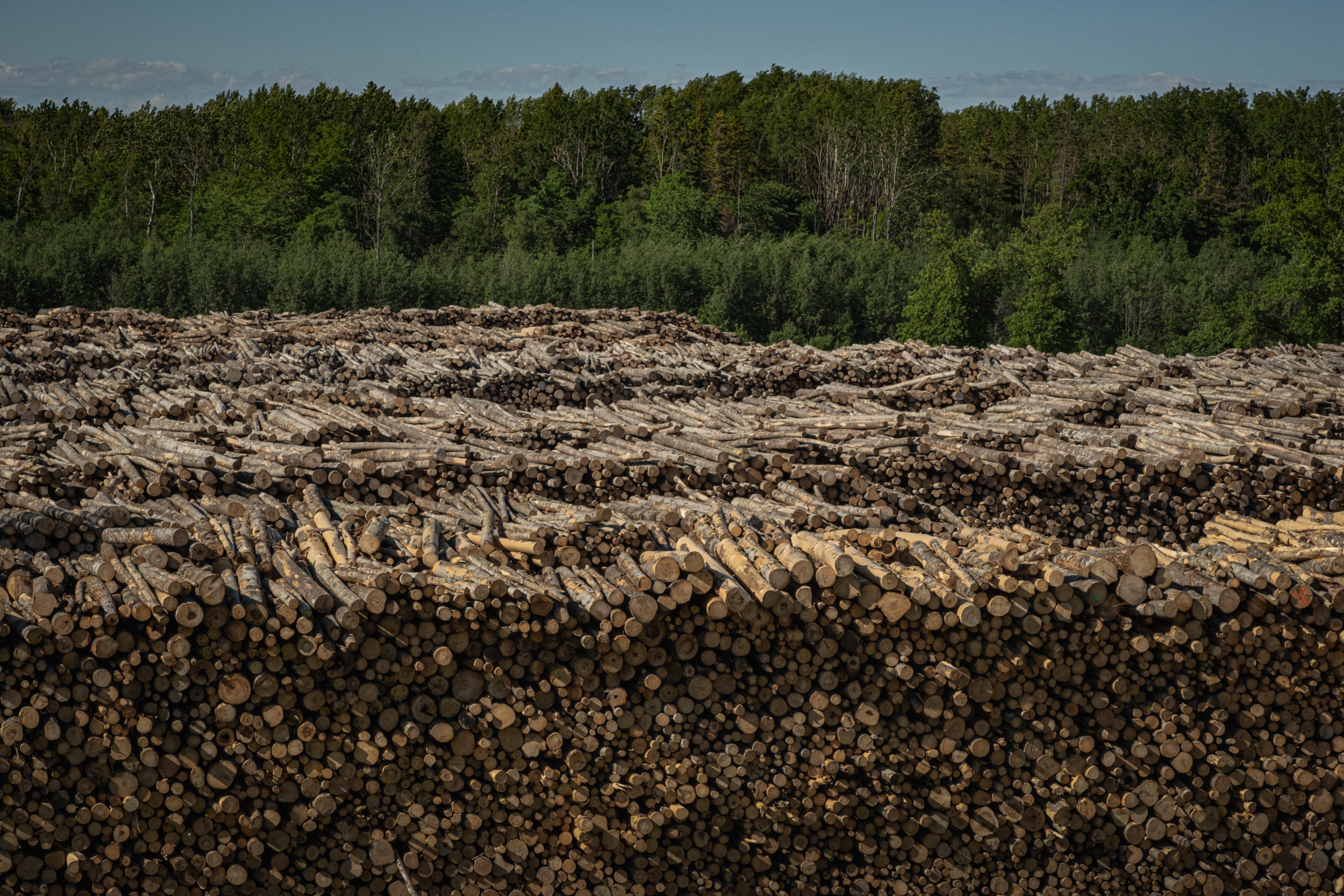
Kunda, Estonia. A “mountain” of trees in the open-air warehouse waiting to be processed inside the Estoninacell pulp factory, one of the largest Estonian companies. Estoniancell produces well-made cellulose for the production of quality consumables such as paper handkerchiefs, toilet paper and paper. In Estonia, the companies that cut forests operate in full legality but the licenses exceed the amount of cutting allowed by the laws of the European community. © Antonio Faccilongo, Italy, Shortlist, Professional, Environment, 2021 Sony World Photography Awards. DM/ ML

















 Become an Insider
Become an Insider
Absorbing pictures and narratives. A mountain of trees felled for paper products, all to be disposed of at a later stage. What the earth once was and what it is now – such sad extremes.